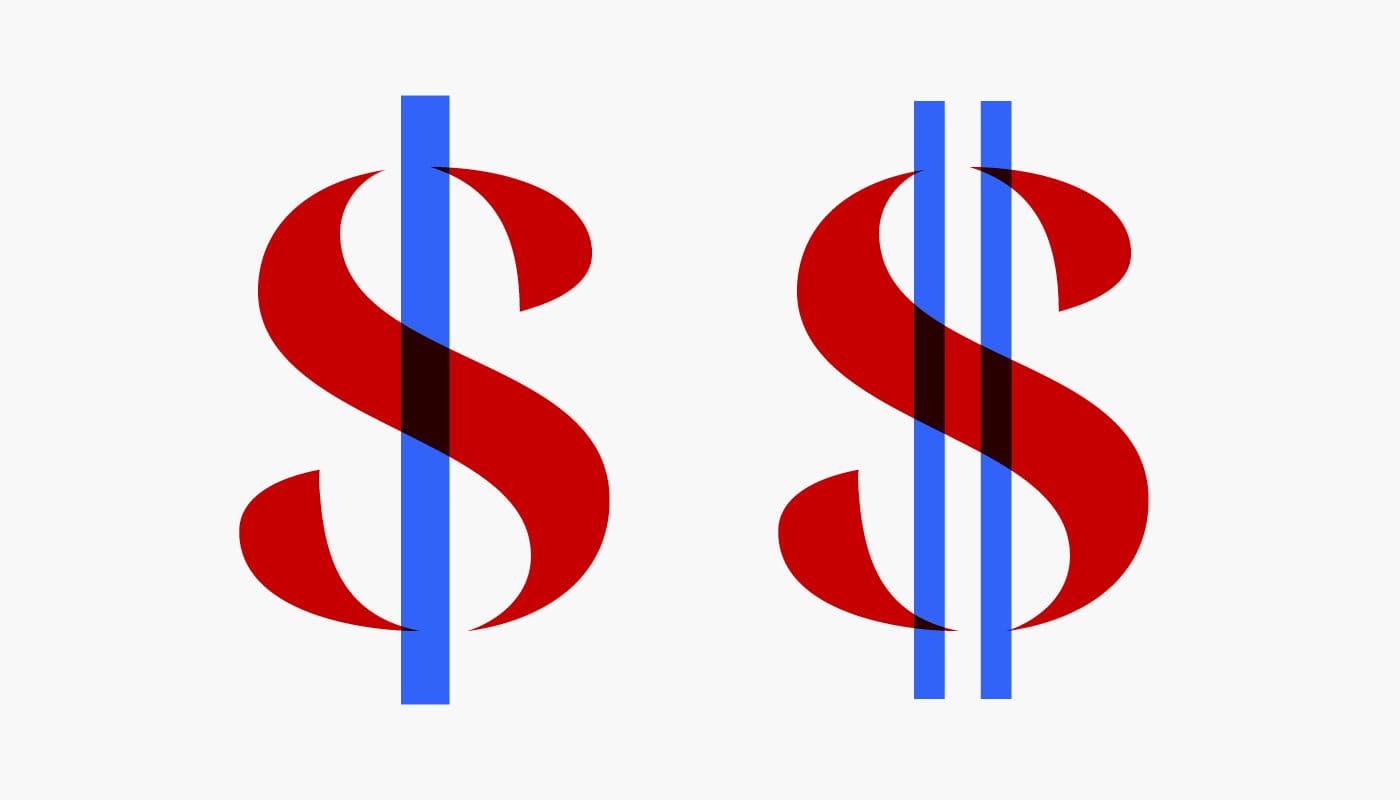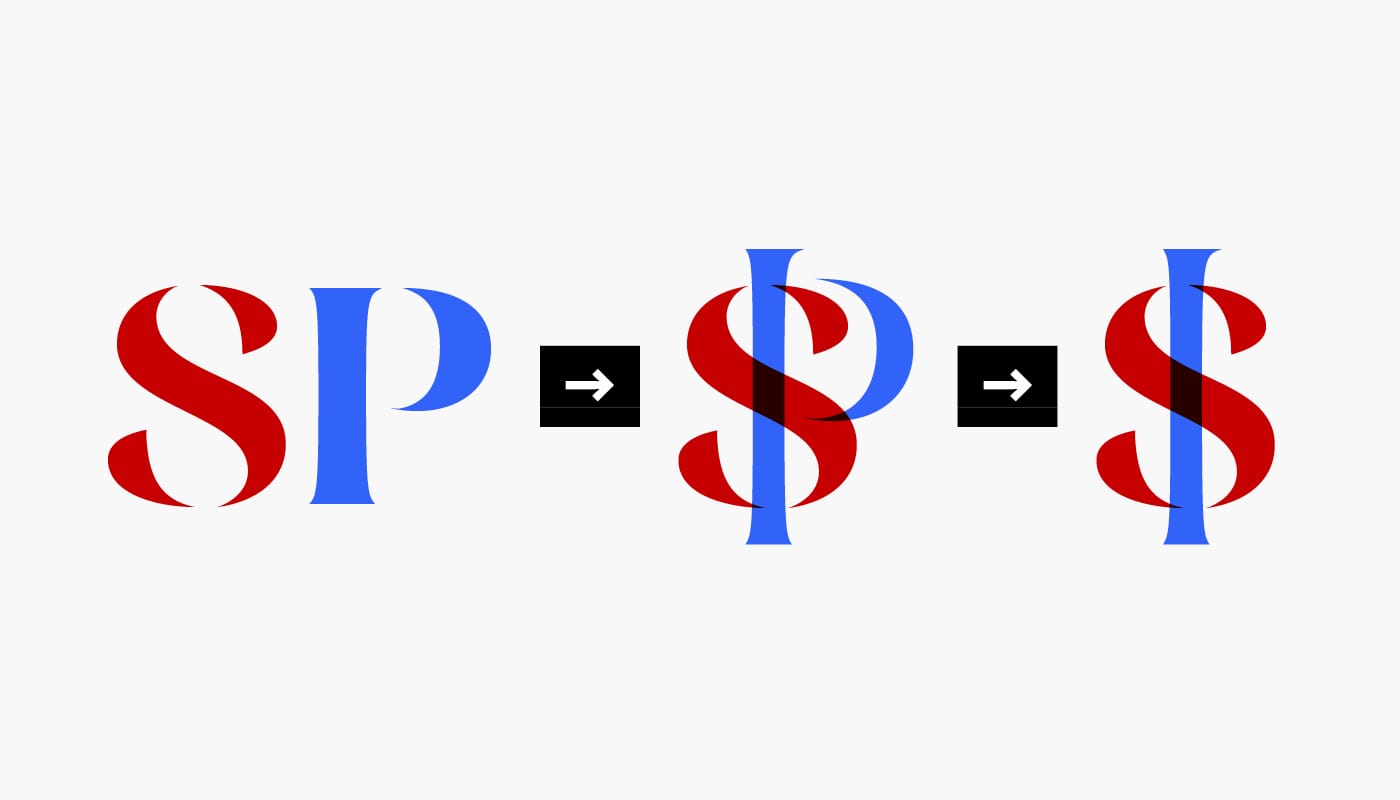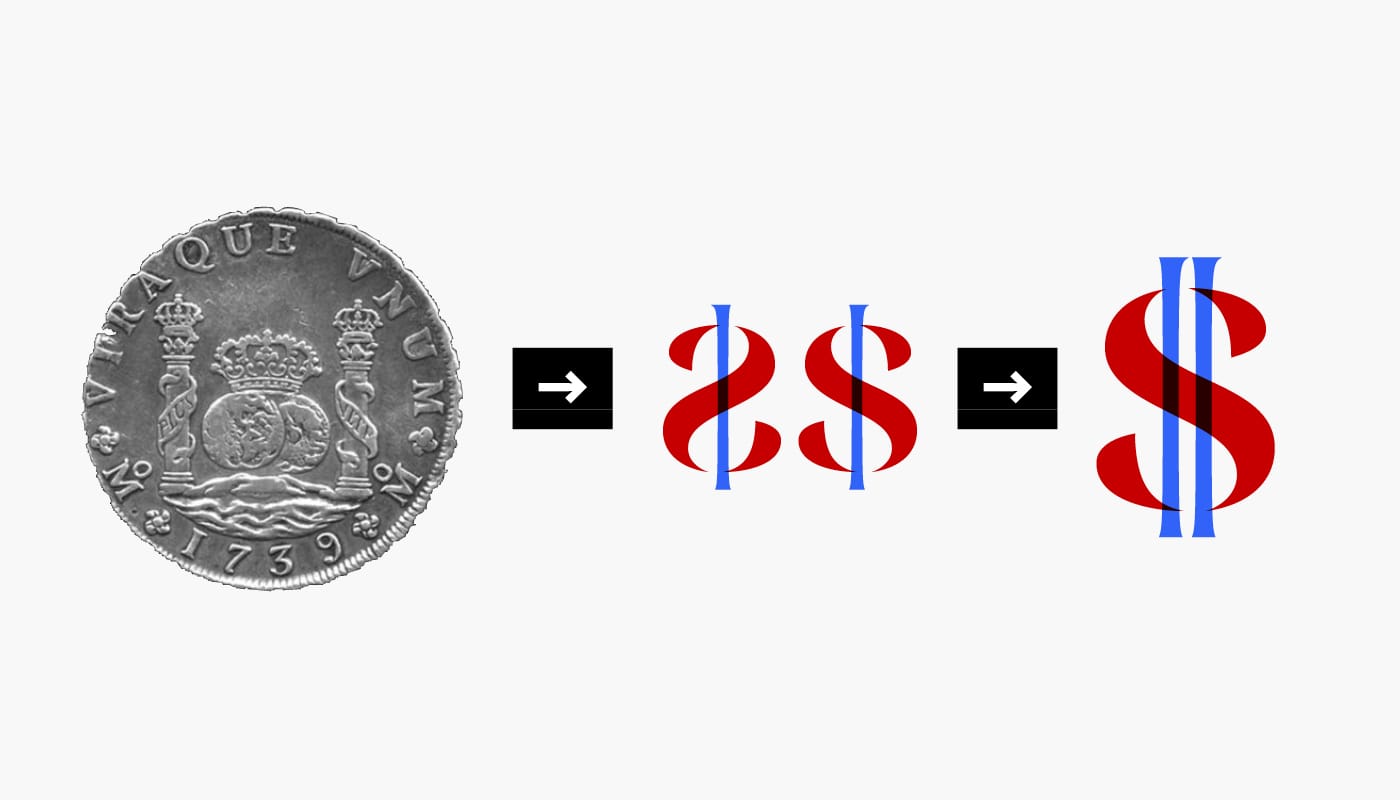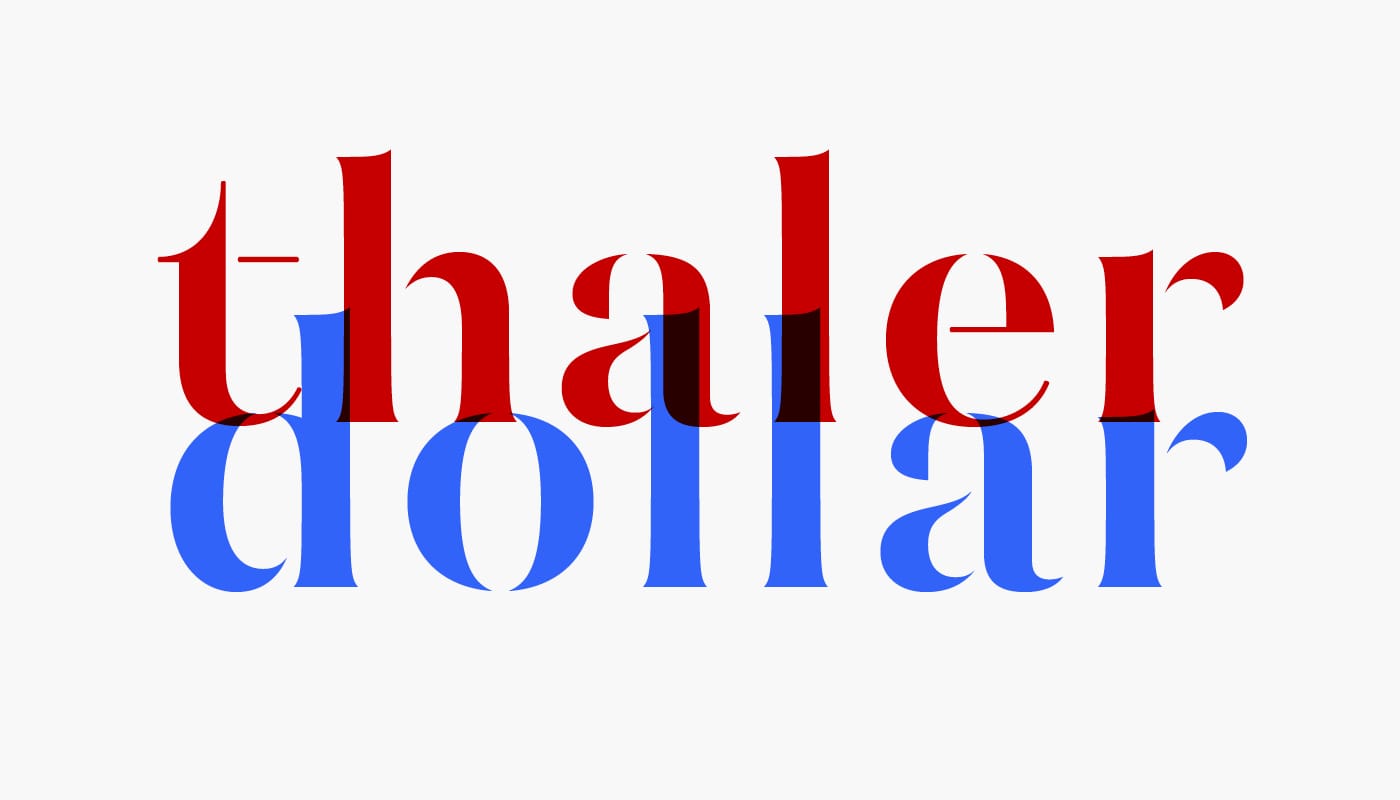History of currency symbols: the Dollar (1)
Currency symbols are universal; they accompany us in all our transactions and find their way into all the writings of the world. However, their history sometimes eludes us. Let’s start this series by looking at the history of the Dollar.

Why are they marked with unsightly vertical bars? And should there be one or two of them? Is their symbol always based on the initial of their name? Then why an “S” for dollar? And an “L” for pound?
In this series, we will focus on the history of currency symbols, which sometimes hold a few mysteries.
The King Dollar
The dollar has been the reigning currency in the world since the early 20th century, and perhaps it will continue to be for some time. Yet few people would simply know what “dollar” means or why it is symbolized with an S with a strike through it and not with a D.
Why an S and not a D
When it comes to the history of the currency, everyone seems to agree. American colonization took place on the ruins of the Spanish Empire in the Americas, and the unit of account there was the Spanish peso. When the territory came under Anglo-Saxon control, this currency continued to circulate for a long time under the name “Spanish American Peso” before the United States Dollar was created in 1792. The S of the symbol would therefore come from this “Spanish”.
However, the rest of the history is somewhat confusing, and several theories clash. Here are the two that seem most credible to me.
The SP Ligature
In this first theory, the symbol would result from a ligature of the S from Spanish and the P from Peso. After simplification, what remains of the P is more of a crossbar that strikes through the S with a single stroke.

The Pillars of Hercules
A second theory, which I prefer, comes from the silver coin of the Spanish peso. This coin was minted with the arms of Charles V, the emperor who crossed the Pillars of Hercules to conquer the world. These two pillars were depicted surrounded by a ribbon bearing the motto of the Kingdom of Spain: Plus Ultra. To evoke the coin, several symbols would have been concatenated: the two Pillars of Hercules, the ribbon in the shape of an S, and the initial of Spanish. This results in a pictogram in the form of an S with two crossed lines.

The typographic design of the dollar
At this stage, we can conclude that the regular form of the dollar symbol is an S with one or two crossed lines. Until we have the assurance that one theory is more certain than the other, both versions seem legitimate to me.
And as for the name?
So, why “dollar” and not “peso,” you may ask? Well, it’s because “thaler.” A German word derived from the name of a famous silver mine and used to refer to silver coins. Imported by German-speaking settlers to the New World and then pronounced in English by British colonists, the term transformed into “dollar”.

To be continued, the euro sign. A very different story…
Comments



I need to text duble dollar